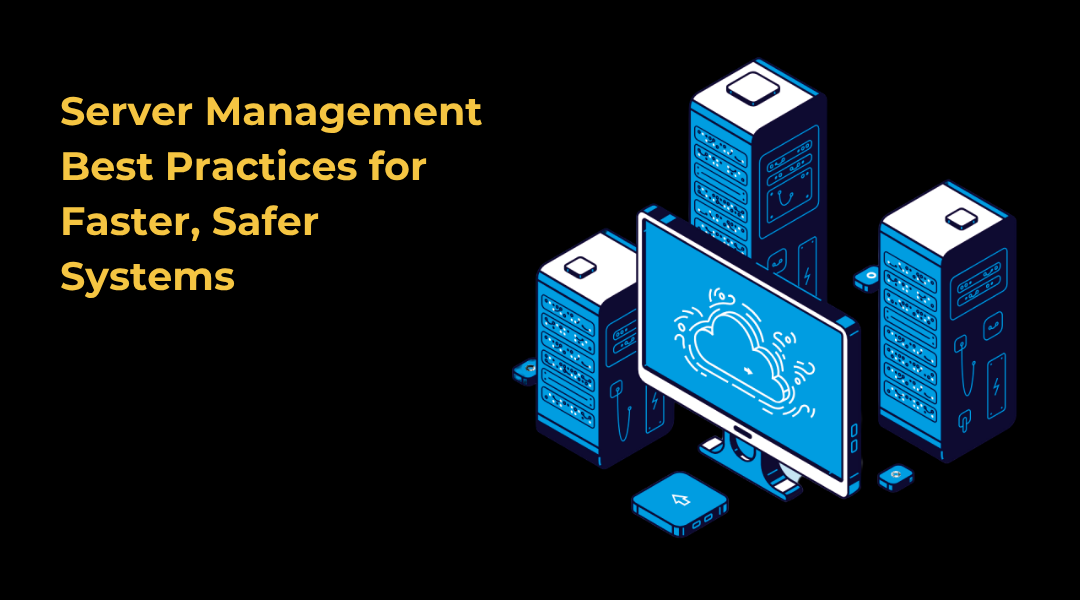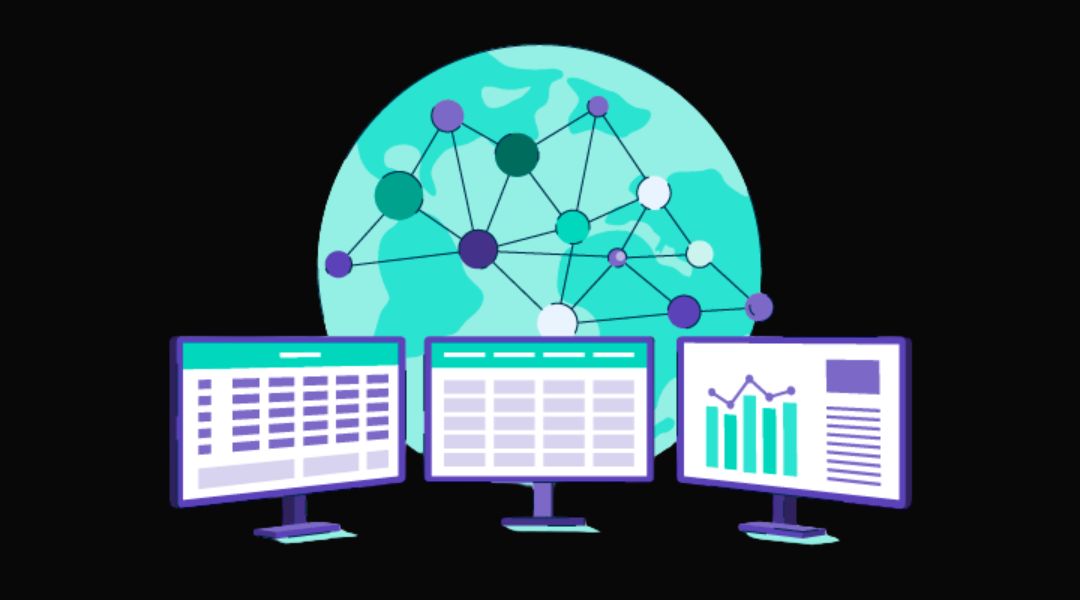
Hi, I’m Khairul Hasan. I’ve spent over nine years in the trenches of web development and server administration, building reliable, secure, and high-performing systems for businesses around the globe. One thing I’ve learned: bad server management is like leaving the keys in your car—with the engine running. You’re just waiting for something to go wrong.
Whether you’re running a single VPS or managing a fleet of cloud instances, server management is what keeps your digital operations alive. In this guide, I’m sharing my best practices to help you run faster, safer systems—without losing sleep or breaking the bank.
What You’ll Learn
Here’s what you’re walking away with:
- Why smart server management is worth your attention
- How to monitor performance and know when to act
- Easy wins to secure your servers
- Why your backups aren’t optional
- What to automate (and what not to)
- How to pick tools without second-guessing yourself
- When it’s time to scale—and how to do it smoothly
Let’s get into it.
Why Server Management Matters (More Than You Think)
Servers don’t complain—until they crash. And when they do, it’s never at 2 PM on a Wednesday. It’s at 3 AM during a client launch.
Effective server management helps avoid surprises. It gives you visibility, control, and—most importantly—peace of mind. A properly configured and monitored server reduces downtime, speeds up applications, and keeps your data secure.
And this isn’t just theory. I’ve written more about how it all fits together in The Ultimate Guide to Server Administration and Optimization.
Performance Monitoring: Check the Engine Light Before It’s Flashing

If you’re not monitoring your server, you’re flying blind. Here’s what I regularly track:
CPU usage: Consistent spikes? Time to investigate.
Memory utilization: Some apps are memory hogs.
Disk I/O: Watch for bottlenecks—especially with databases.
Network traffic: If it suddenly jumps, something’s up.

I set alerts through tools like Zabbix and Datadog, so I get a heads-up before users start noticing lag. And no, you don’t need enterprise gear to do this right. Even simple setups with cron scripts and log checks can go a long way.
Want to go deeper? My article on Server Performance Monitoring breaks this down further.
Secure Your Server Like It’s a Bank Vault
I’m not saying someone’s always out to hack you. But I’m also not not saying that.
Here’s my no-nonsense approach to server security:
- Shut down unnecessary ports
- Use SSH keys instead of passwords
- Keep your software and OS patched
- Set up firewalls and fail2ban or similar intrusion blockers
- Limit root access and use sudo privileges properly
- Enable two-factor authentication where possible
Security isn’t about making your system invincible. It’s about making it expensive and annoying to breach.
More on this topic is covered in How to Secure Your Server.
Backups: Yes, They’re That Important
If you’ve never lost data, you might not appreciate backups. Yet. But the first time you do? You’ll wish you had three of them.
My setup:
- Full backups every Sunday
- Incremental backups nightly
- Offsite sync every other day
- Automatic cleanup of old archives
I also test my restores. Because a backup you can’t restore isn’t a backup—it’s a placebo.
Need to back up more efficiently? You might also like Server Optimization Techniques, where I mention resource-efficient storage strategies.
Automate the Boring (and Repetitive) Stuff
Here’s the truth: Manual tasks don’t scale. Automation frees you up and keeps your environment consistent. I’ve automated:
- Security updates
- Log rotations
- User access resets
- Service restarts
- System health reports
Even if all you’re using is Bash, cron, and a little Python, it’s enough to cut your admin time in half.
Want a few ready-to-go scripts? Check out How to Automate Server Maintenance.
Choosing the Right Tools (No, You Don’t Need Them All)
Not every tool works for every environment. Here’s what I look for:
- Simplicity: Does it solve the problem without needing 20 steps?
- Compatibility: Does it work with my stack (Linux, Nginx, etc.)?
- Community: Will I find help when something breaks?
Here are some I’ve used:
Zabbix: Free and flexible for monitoring

Ansible: My go-to for server config management
Netdata: Real-time performance data
Fail2Ban: Basic, effective intrusion prevention
Cron: Old but gold
And for cloud-heavy setups, AWS CloudWatch and Azure Monitor are surprisingly useful without being overkill.
More on this is available in Essential Server Admin Tools.
Monitor, Even When Everything Seems Fine
You’ll thank yourself later. Monitoring helps prevent a small hiccup from becoming a 6-hour outage. Log everything—access logs, error logs, syslogs—and make a habit of reviewing them.
I also recommend trend tracking. For example, if disk usage is growing 5% per week, you don’t need a warning bell—you need a plan.
Keep in mind, proactive monitoring is part of responsible scaling. If your business grows faster than your systems can handle, you’ll hit a wall—hard.
Plan to Scale Before You Have To
Scaling isn’t something you do during a crisis—it’s something you plan for. Here’s my scaling checklist:
- Are your servers hitting 70% resource use during peak hours?
- Are you running into API rate limits or storage ceilings?
- Are your databases starting to lag under concurrent users?
When the answer is yes, it’s time to look at vertical scaling (upgrading hardware) or horizontal scaling (adding more nodes/load balancers).
More insights in my article: Server Scaling Strategies
A Few Final Thoughts
Server management is rarely glamorous. There are no awards for zero downtime, no parties for smooth deployments. But when everything’s running well, your users notice nothing—and that’s exactly the point.
You don’t need expensive software or a huge team. You need:
- A solid monitoring setup
- Consistent security habits
- Reliable backups
- Useful automation
- Tools that fit your stack
- A plan for growth
That’s it. And if you want a more detailed, step-by-step breakdown, you’ll find it in A Beginner’s Guide to Server Administration.
